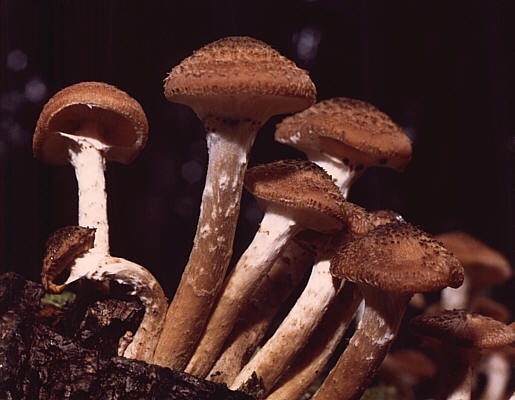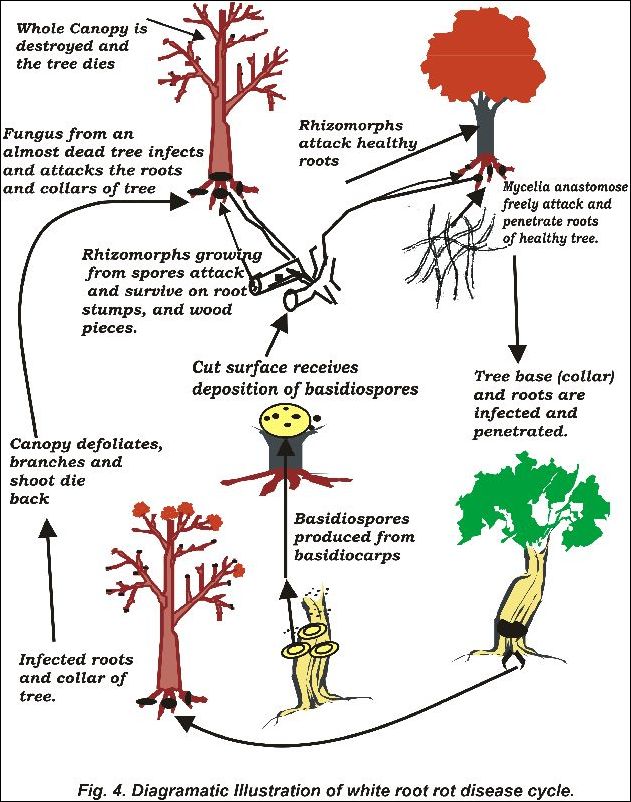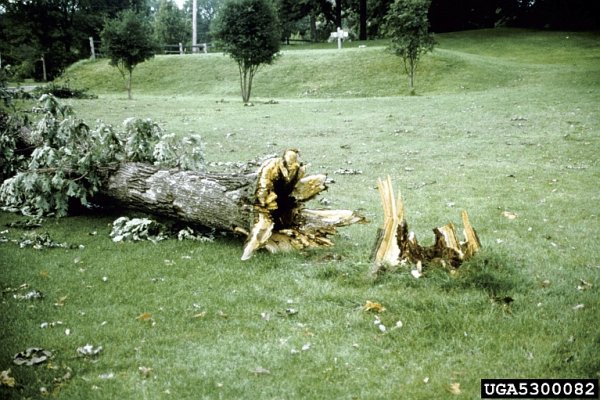
16 January 2014
On my way to somewhere else I found…
It’s hard to believe these mushrooms represent the largest living organism but they’re the outward and visible sign of a subterranean and under-bark network.
The network can be quite large, as described here on Wikipedia: “The largest living fungus may be a honey fungus of the species Armillaria ostoyae [now called Armillaria solidipes]. A mushroom of this type in the Malheur National Forest in the Blue Mountains of eastern Oregon was found to be the largest fungal colony in the world, spanning 8.9 km² (2,200 acres) [and] estimated to be 2,400 years old. … If this colony is considered a single organism, then it is the largest known organism in the world by area.”
And so it was named the “Humongous Fungus.“
There are many species of Armillaria, all with dark shoestring-like rhizomorphs that grow through the soil or under bark and white mycelial fans which spread under bark via root contacts and root grafts. Here’s what they look like: rhizomorphs on the left, mycelia on the right. (For a sense of scale, these are tree trunks)

Sometimes the mycelia are luminescent and cause foxfire!
Fascinating as their huge size may be, Armillaria spreads widely, infects many trees and can either kill them outright or be a contributing factor to their demise. This diagram shows how it cycles through the forest.

I have seen Armillaria in Schenley Park without realizing what it was: rhizomorphs, mycelia and mushrooms.

So now I understand how a live tree can just fall over when infected by Armillaria root rot.
(photo credits: mushrooms by Walter J. Pilsak via Wikimedia Commons (click on the image to see the original). Rhizomorphs and dead tree on grass by Joseph O’Brien, USDA Forest Service via Bugwood.org. White mycelial fan by Borys M. Tkacz, USDA Forest Service via Bugwood.org)